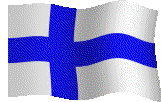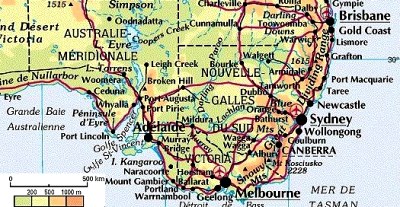
End of the sail age

The end of an era
|
At the end of the 19th century, it became evident for british shipowners that the days of the deep sea commercial sail ships were closing the end.
The large square rigged ship was no longer a viable commercial offer.
To quote Alan Viliers in his book The Last of the Wind Ships which describes the voyage of the Parma from Port Victoria to Falmouth in 1933: " Man has improved his ships along the times for a better use of the wind, until he reached perfection and see them surpassed by the machines ". At the turn of this century, as soon as these ships became available, their were bought by scandinavian shipowners, but with time they became non profitable for them too. There was one exception: Gustaf Erikson.  From historical standpoint, one consider that the last " family " meeting was held the 5-6 january 1934 when eleven square rigged sail ships put
anchor in Port Victoria within 24 hours. They all not loaded there, coming for orders, and after a few days they dispersed in the various harbors
of the Spencer gulf. Only the Lawhill entered the St Vincent gulf to complement his cargo at
Adelaide.
From historical standpoint, one consider that the last " family " meeting was held the 5-6 january 1934 when eleven square rigged sail ships put
anchor in Port Victoria within 24 hours. They all not loaded there, coming for orders, and after a few days they dispersed in the various harbors
of the Spencer gulf. Only the Lawhill entered the St Vincent gulf to complement his cargo at
Adelaide.
Although Erikson owned the majority of the ships on this route, which was the most important for all, there were also some other shipowners. The four-masted barquentine Mozart belonged to Lundquist from Mariehamn.
The four-masted barque Parma was owned by a syndicat managed by Ruben de Cloux. In 1933, he made a record voyage: from Port Victoria to Falmouth in 83 days. At this time one could still see the swedish four-masted barques C. B. Pedersen and Abraham Rydberg, and the german four-masted barques Priwall, Padua and Kommodore Johnsen. The Pamir was under the finnish flag. They started to slowly vanish during the 30's.
The Grace Harwar and the Mozart were scrapped in 1935. The Ponape was broken up and the Herzogin Cecilie stranded in 1936. This year also the Parma hit a dock wall in Glasgow, where she unloaded grain, and the repair cost being excessive, she was towed to Haifa and reduced to a hulk. She was scrapped in 1938.
She was on her homeward bound with a cargo of grain coming from Port Germein. All crew was saved.
In 1939 the remaining ships all loaded in the Spencer Gulf. The Pommern, the Passat and the Viking all managed to be back in Mariehamn before September the 3rd. Unfortunately the Olivebank blew up on a mine in the Kattegat and sank. Fourteen crew members and the captain Carl Granith sank with her. The Moshulu went down to Buenos Aires to load corn destined to Ċlborg (Denmark) but was seized by the germans and bring to Farsund. She is now a restaurant in Philadelphia.
The Penang loaded grain in Port Victoria in may 1940 and was torpedoed by the sub-marine U140 south of irish coast: all crew were lost. The Killoran was sunk by the german gunboat Widder.
The Lawhill was eventually scrapped in Lourenço Marques. After having stayed a few years along the quay, the Passat and the Pamir were sold to german shipowners who fitted them with auxiliary enfines and sent them to Buenos Aires to load grain in bulk.
During the homeward bound voyage, the Pamir capsized and sank for her cargo shifted during a hurricane. Only six men were saved. After the tragedy, the Passat was preserved in Travemünde: she is still there. The Pommern is still in her home port of Mariehamn, in the frame of the Åland maritime museum. The Padua is now the Kruzenstern, russian school ship and the Kommodore Johnsen is also a russian ship, the Sedov. |
Gustaf Erikson